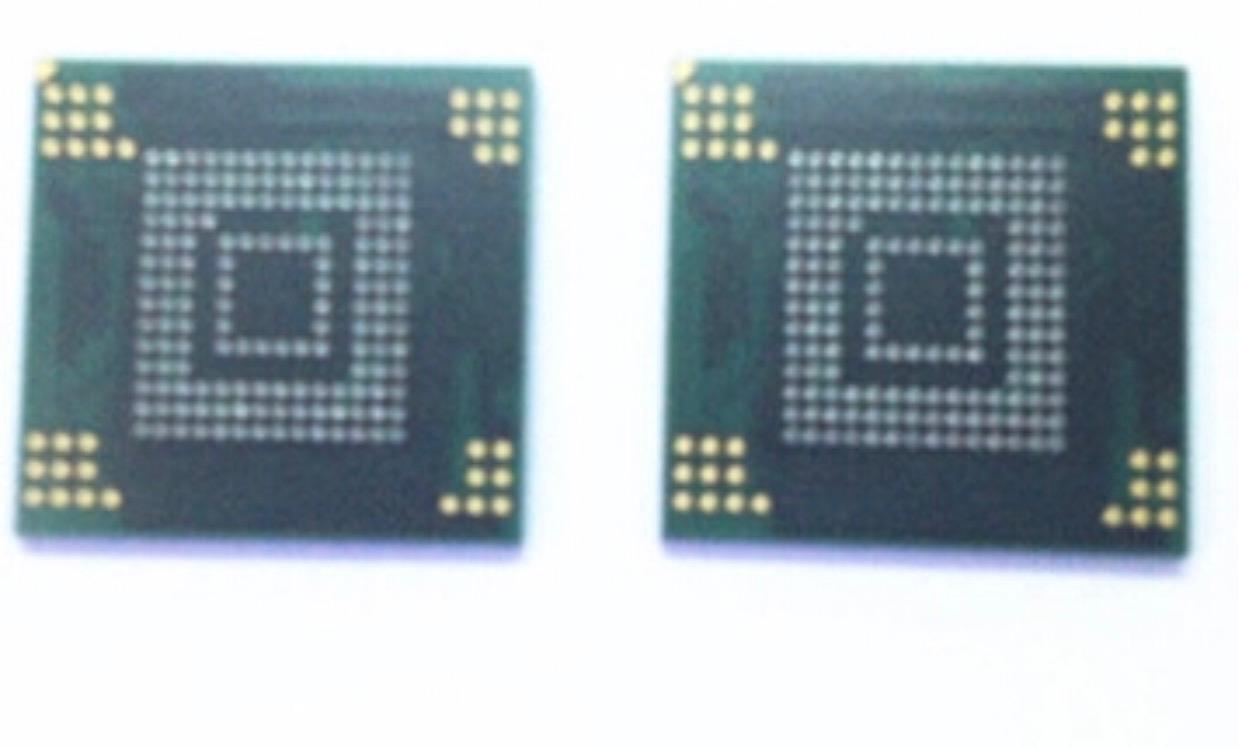
Samsung Proshivka Nand
Jan 18, 2019 - The Western Digital SSD Dashboard includes tools for analysis of the disk (including the disk model, capacity, firmware version, and SMART. Jan 22, 2019 - Samsung on Tuesday launched its latest NVMe-based solid state drive. Fifth-generation V-NAND technology with optimized firmware to push.
Samsung debuted its new Z-NAND at the Flash Memory Summit this week in an obvious ploy to undercut IMTF 3D XPoint before it comes to market, but the company also has another initiative to attack in the memory space. On the surface the new 1 TB Z-SSD, which is built with Samsung's new Z-NAND, is very similar to other existing PCIe SSDs.
Samsung claims that this new specialized version of NAND provides a radical performance increase compared to existing NAND-based SSDs. Samsung Attacks 3D XPoint Storage Applications Samsung presented slides that listed the Z-SSD's performance specifications, but a note in the bottom right-hand corner of the slides indicates that it derived the benchmarks from an emulator. This may indicate that the company doesn't actually have physical products yet and is relying on simulations to derive performance specifications. The company compared the SSD to both NAND-based and PRAM-based SSDs. Phase-Change RAM (PRAM) is a glass-type of non-volatile chalcogenide memory that many speculate Intel/Micron uses with 3D XPoint.

It appears that Samsung is implying that it can offer similar performance and latency to 3D XPoint. In either case, the slides indicate much higher throughput than a normal SSD (1.6x better than a Samsung PM963 NVMe SSD) and radically reduced latency that is on par with the PRAM-based SSD. The fact that Samsung has a PRAM-based SSD for comparison, however, is telling. The company, like many other fabs, constantly has new technologies under development, and it's possible that we may see a PRAM-based SSD in the future. Samsung representatives informed us that the new NAND would have SLC-like endurance specifications, which implies that the new Z-NAND is simply using the entire capacity of an MLC NAND product programmed as SLC.
The company also notified us that it based the new technology upon its existing 3D NAND technology, so it is likely using a 64-layer architecture. One of the key differentiators, beyond performance, is that the Z-SSD promises incredible scaling and maximum IOPS under low QD workloads. This is, and like its competitor, this is likely due to an increased number of planes. Normal NAND-based SSDs require an excessively heavy workload--rare in normal use--to extract the maximum performance. This is because the NAND die need to respond en masse to incoming requests. NAND vendors boost the performance of individual die by splitting the die into separate regions that can respond to commands separately (increase parallelism).
The majority of current generation NAND are dual-plane designs, but Micron 3D NAND employs a quad-plane design to increase performance. 3D XPoint doesn't have the traditional plane architecture, but the company disclosed that there are 64 regions that can respond independently, which is similar to a 64-plane architecture. Samsung may have boosted the number of planes per Z-NAND die to achieve a similar level of performance and parallelism. Coupling the extra die with SLC, which is much faster and endurant than MLC and TLC NAND, would provide tremendous performance benefits.
Samsung provided results, again generated with an emulator, that show higher performance (up to 1.2X in a big data analytics workload) and much lower power consumption than the PRAM-based SSD. The NAND-based SSD trails far behind the PRAM and Z-NAND solutions, but Samsung did not provide a direct power comparison between NAND and Z-NAND. Omnis 7 serial number search.
The company also did not provide any random performance specifications during the announcement, but did note that the new SSD will use the NVMe protocol and will be faster than existing NVMe SSDs. Most NVMe SSDs top out in the range of 750,000 IOPS with a x4 connection and 1 million IOPS with a x8 connection.